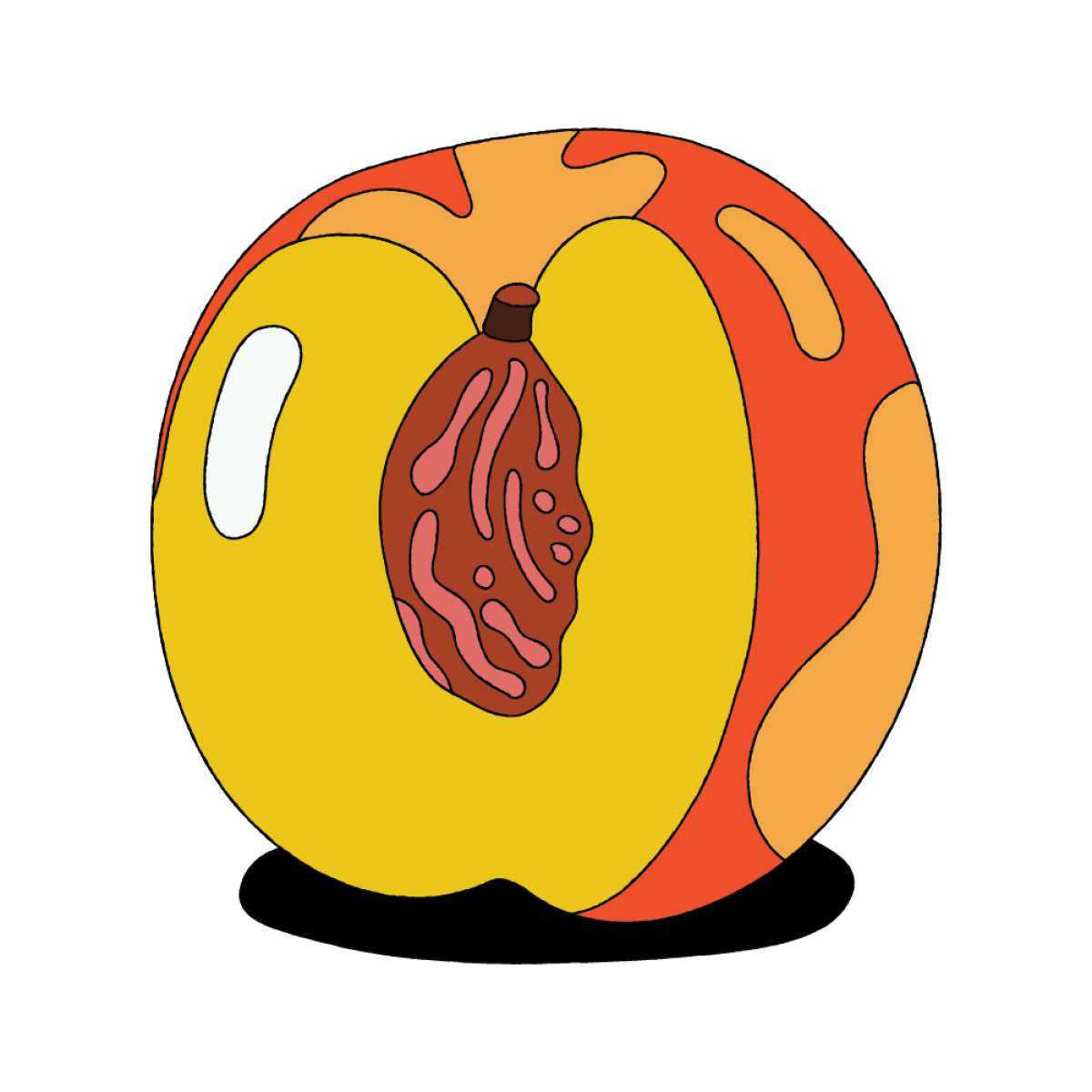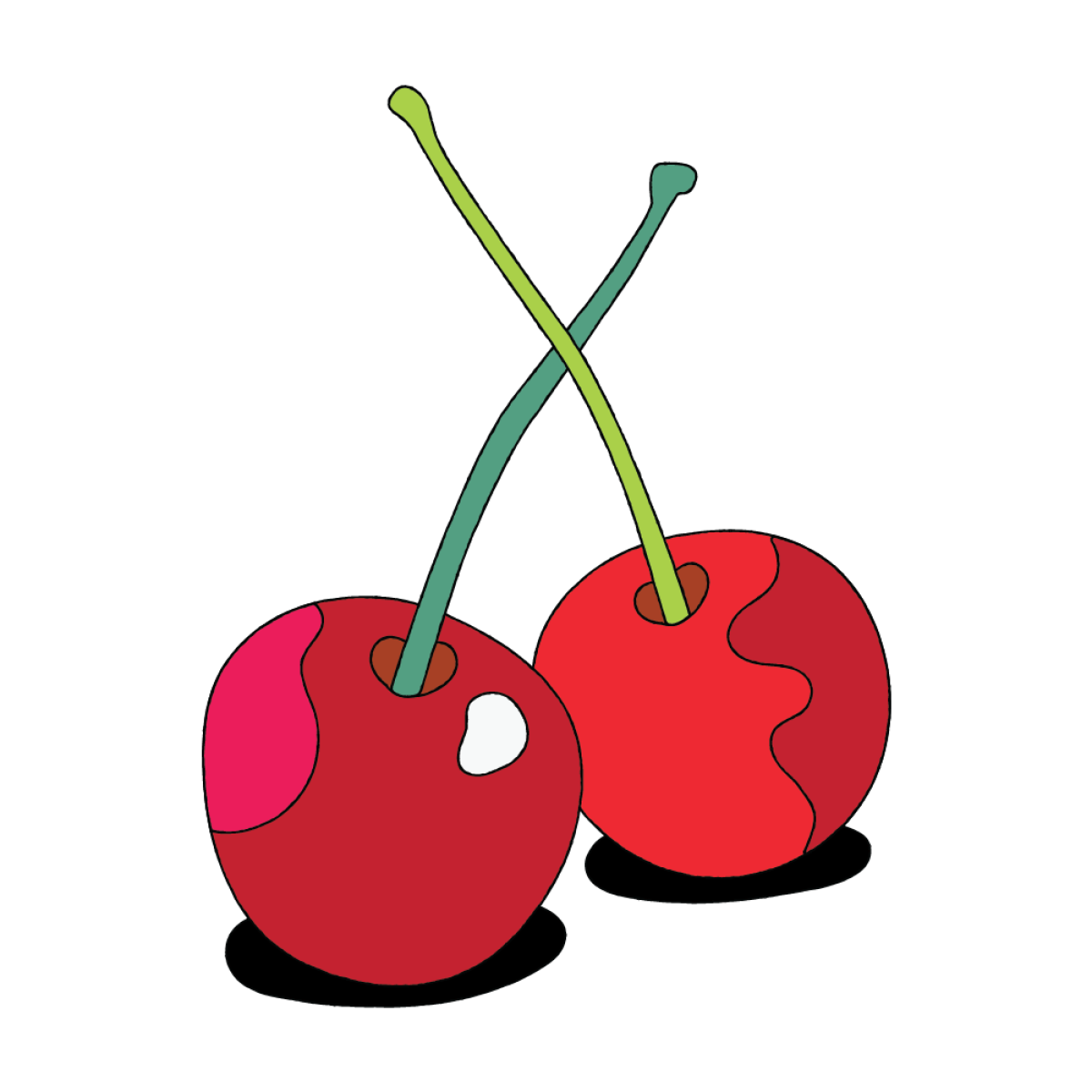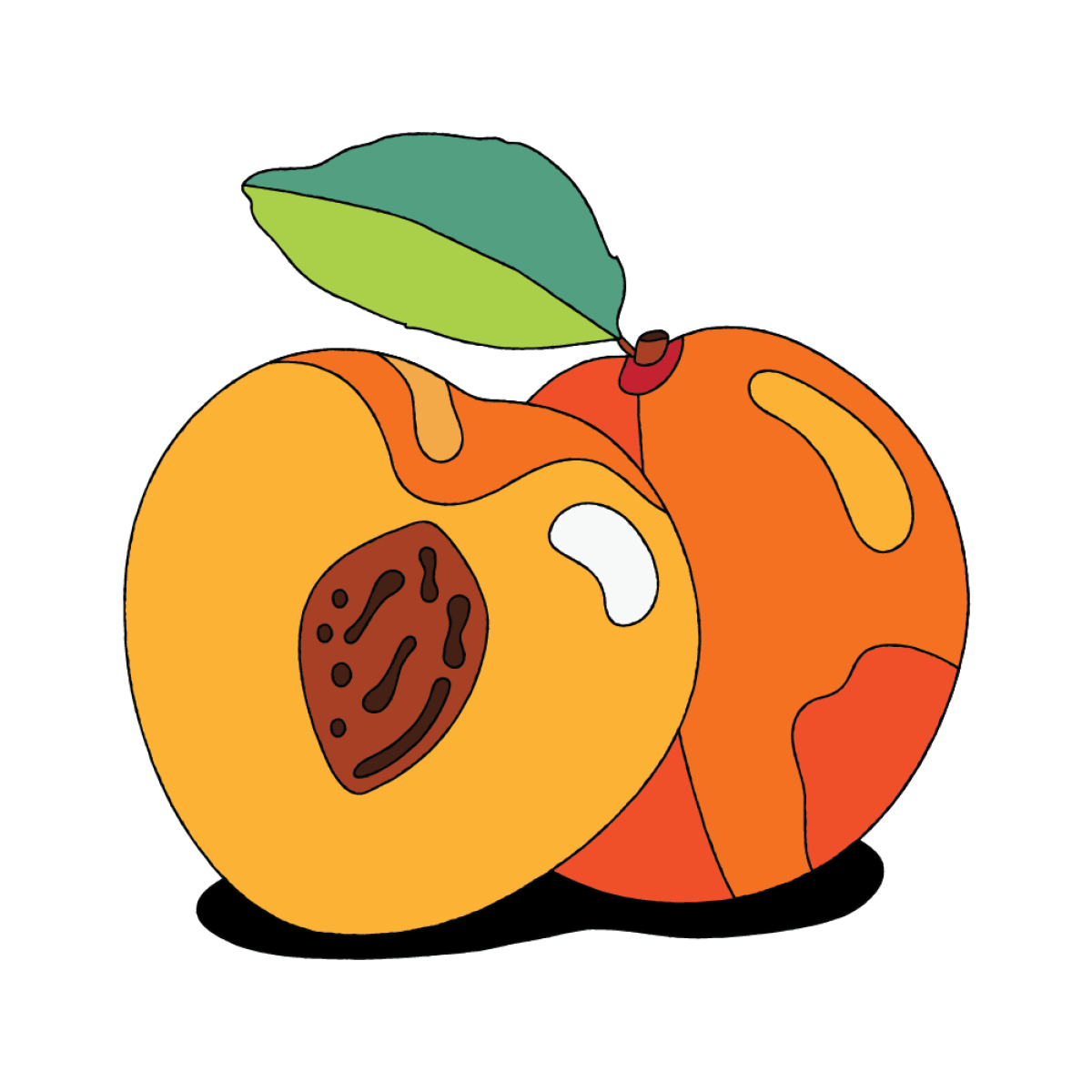Newsletter
Eat your way across L.A.
Get our weekly Tasting Notes newsletter for reviews, news and more.
You may occasionally receive promotional content from the Los Angeles Times.

This is the first in a four-part series on preserving fruit at home called “L.A. in a Jar.” Cooking columnist Ben Mims kicks off with a deep dive into stone fruit. In addition, he’s sharing tips on picking fruit at the market and kitchen equipment, a step-by-step guide to cooking stone fruit jam, what to look for while you’re cooking jam — and ways to enjoy the jam you make.
The first jam I remember making was peach. I grew up in the South, and peaches were virtually omnipresent for most of the year. The aroma of peaches simmering with sugar is still one of my most vivid memories. I burned myself on the sputtering jam and the edge of the pot, and I made a general mess of the stove, more times than I can count. But once I tasted the finished product, the pain was always worth it.
While I love preserving fruit of all kinds, the best and most interesting preserves are made with stone fruit. There’s something in their balance of sweetness and tartness, and their meaty texture, that makes for a delicious, fragrant and intoxicating outcome.
To get to the bottom of why stone fruit — plums, peaches, apricots and nectarines — make such a good jam, I had to first understand what makes the fruit itself taste so good. I turned to David Karp — a pomologist, longtime L.A. Times contributor and stone fruit grower whose produce is sold at Andy’s Orchard at the Wednesday Santa Monica farmers market — to break down the qualities intrinsic to most stone fruits that make them such good candidates for stirring with sugar and applying heat.
“Plums and other stone fruits work so well for jam because the best varieties tend to have a higher acidity, and that is perhaps the most important element when choosing fruit specifically for making jam,” Karp says. “If it’s too tart, you can always add more sugar to adjust for it. But if the fruit is really sweet to begin with, it’s only going to get sweeter.”
Indeed, it’s the tartness of stone fruits that makes them so refreshing. Like an ice-cold lemonade, the tightrope balance of acidity and sweetness is intoxicating to taste.
“What you’re looking for in great fruit, in general, is high sugar, high flavor and high aromatics, and a pleasant texture to some degree,” Karp explains. “You want all three in balance and you only really know it when you taste it. Often, slightly underripe stone fruit is more tart, and thus a great candidate for jam, because it balances well with the amount of sugar you need to use but also because the under-ripe fruit has more pectin in it, which is the miracle gelling agent that sets jams and gives them their gloppy, sheering texture.”

With plums, more specifically, that tartness is front and center in most varieties. Alessandra Hisako Gordon — owner of Ayako & Family, a preserves company in Seattle — works in tandem with a local stone fruit grower, Katsumi Taki of Mair Farm-Taki in Wapato, Wash., to turn his fruit into some of the best plum jams in the country. She prizes the varieties — at least 20 — that she’s able to acquire from Taki‘s farm and marvels at the range of flavors that can come from a seemingly simple fruit.
“In mainstream farming, we don’t see people producing so many varieties of fruit like they do with plums,” Gordon says. “There’s a fear that if we have too much to choose from, people won’t know what to do with it. But I find the opposite to be true with our plums. The skins offer acidity and tannins like grapes, and each plum has its own residual sugar content. We use the same sugar content across all types of our jams to get the true quality of each variety. One might be more acidic, more sweet, chewier or thinner. Many of our customers have their favorite variety for this reason.”
And while it may be tempting to describe all plums, or types of stone fruit within the genus Prunus — which also houses peaches and nectarines (P. persica), apricots (P. armeniaca) and cherries (P. avium and P. cerasus) — in similar terms, the variety of flavors and aromas you get from just plums (P. domestica and P. salicina) can be as strikingly different as those between, well, apples and oranges.

“A benefit of working with so many types of one fruit is that you see they are, indeed, very different,” Gordon adds. “Each variety of plum cooks differently and yields a different flavor profile. And when I describe their flavor, it’s like describing wine: It tastes like this region or another. They’re so characteristically different across the board, and all have a distinct quality. I love that about plums.”
Regardless of whether you go all-in on plums or prefer apricots or nectarines, Karp advises that you strike up a relationship with the farmer or seller at the market so you can ask questions and make the best decision about what you should buy.
“If you’re going to buy fruit for making jam, get it from the farmers market for God’s sake so that you know you’re getting the best type that you can find,” Karp says. “Ripeness and freshness often, but not always, are what you’ll get at the farmers market. Ask the seller questions to gauge the quality of fruit. Ask for a taste. These are the only ways to know you have a good fruit, period, but especially for making jam. Mediocre fruit in will most often equal mediocre product out.”

You may think that buying fruit at the farmers market means opting for the prettiest, most expensive specimens, but Karp says the opposite is true. Farmers will sell those first-tier beauties — no blemishes, ideal appearance — as “firsts,” which come with a hefty price tag. But for jam-making, ask for their “seconds,” which are just as good but may have a nick or bruise or some other negligible blemish that keeps them out of the top tier. “Seconds are usually much better in taste and cost half as much,” Karp says. “They’re preferable for jam-making.”
Gordon appreciates seconds as well. “My mother [Ayako Gordon, who started Ayako & Family in 2009] knew what to do with the seconds,” Gordon says. “She was first-generation Japanese, and food is intrinsic and a big part of Japanese culture. She inherited a love of cooking, and while she wasn’t traditionally trained, she had a deep appreciation for food grown well. She’d take the blemished fruit and scream if people thought it was too imperfect. She’d say ‘I’m going to turn this into something beautiful!,’ knowing that you don’t always need perfect-looking fruit. No matter how it looks, great fruit has an inherent, nuanced quality, which is what we aim to highlight in our jams.”
Although there are too many varieties of plums to count, let alone the other types of stone fruit, anyone who is thinking about making a plum jam should know there are two main categories: Asian (P. salicina) and European (P. domestica). Asian plums, Karp explains, dominate orchards and farms in the U.S. because they’re larger, firmer, more productive and have a tartness next to the skin that eaters enjoy. European plums are, as the name suggests, more popular in Europe, and are typically not eaten fresh but made into dried prunes and preserves. European plums are also more difficult to find stateside.

Within those groups, however, there are certain varieties that both Gordon and Karp obsess over and hold dear. For Karp, it’s Santa Rosa plums (“the best of what’s widely available to everyone in Southern California”), Elephant Heart plums, and Greengage plums (“intensely aromatic and sweet”); Blenheim apricots; O’Henry, Indian Blood, or Cal Red peaches (“they have a pleasing smack of astringency for making jams”); and Snow Queen nectarines, a variety he grows and sells that tastes of tart pineapple at first, followed by a rush of sweetness.
Though she primarily works with Asian plums, Gordon prefers European plums like British Damsons and Greengages.
“The Damson plum is the flagship flavor in our line of jams and is one of my favorites,” says Gordon. “Damsons when picked are inedible, incredibly woody, and tart. They go underappreciated because people don’t know what to do with them. But when cooked, they undergo a transformation. The woodiness translates to an herbaceous quality when cooked. The plums have a lot of tannin and natural pectin, so the finished jam has a super smooth, velvety, silky texture that no other has. It’s the most complex jam.

“Greengages are ashy and chartreuse-green in color,” Gordon continues. “When you cook them, they taste like honey on the finish, like apricots — a caramelized fruit flavor with acidity. I love the complexity.”
But while it may be tempting to hunt down certain varieties to make jam with this summer, the point is to use what’s local and ripe and perfectly in season, so you can capture its essence in a jar to savor for months to come.
“Don’t get caught up in specific types,” Gordon advises. “Ask the farmer for the most interesting fruit they have and use that. There’s so many [varieties] I’ve never worked with, but I dream of doing so one day.”
Before you go shopping or bring the fruit home, make sure you’re prepared with the proper equipment — you most likely already own it all.
Read more >>>
When it comes to picking fruit for your jam, select what’s available, what’s fresh and what’s within your spending power.
Read more >>>
Why cherries aren’t great for making jam (even though you can).
You’ve got your equipment ready to go and you’ve brought your fruit home from the market. Now what?
Read more >>>
There are really only four steps in the jam-making process. Here’s a pictorial guide to show you what the fruit should like at each stage.
Read more >>>
A primer on why knowing about pectin doesn’t matter for making stone fruit jam.
While cooking your jam, you’ll want to use all your senses to be aware of what’s going on. Here’s what you’ll observe during the jam-making process and what it means.
Read more >>>
Why you don’t need to know about the plate test to make great stone fruit jam.
Don’t worry: Making jam does not equal having to can it.
Read more >>>

This guide is all about giving you the tools to make small batches of jam for you and your family that can stay in the fridge and that you can enjoy together. However, if you’re committed to go all the way with the canning process, I’m going to explain to you what I do to make my jams shelf-stable.
Read more >>>
Whether you make it or buy it, you’re going to want to eat your jam all the time. But aside from toast, what can you use it for?
Read more >>>

If all this talk of jam has you scrambling for a spoon and a jar, here are some of the best stone fruit varieties you can buy in the Los Angeles area from restaurants, farmers markets or directly from the makers online.
Read more >>>
Eat your way across L.A.
Get our weekly Tasting Notes newsletter for reviews, news and more.
You may occasionally receive promotional content from the Los Angeles Times.